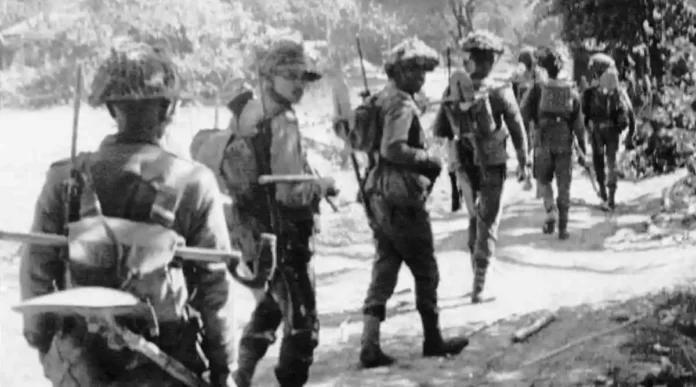More than five decades after the 1971 Bangladesh Liberation War, Tripura embarks on a significant survey to shed light on the exchanged land plots between the residents of India and Bangladesh. The aftermath of the war witnessed a mass migration, with 15 lakh refugees seeking refuge in India, particularly in Tripura, due to the hostilities of the Pakistan forces.
Historical Migration and Land Exchange
The partition between India and Pakistan in 1947 led to migrations, and after the Bangladesh Liberation War, a considerable number of people permanently settled in Tripura. Many Hindus opted to stay back, exchanging land plots with Muslims who later migrated to Bangladesh. The ongoing survey follows the guidelines set by the Ministry of External Affairs (MEA) and the Union Ministry of Home Affairs (MHA).
Unearthing the Status of Land Plots
District magistrates are actively engaged in field surveys to determine the status of land plots exchanged during that tumultuous period. The focus is on validating the documents held by the current occupants, recognizing the complexities arising from unregistered deeds and undocumented occupations.
“Some people migrated here and exchanged plots. Some occupied plots with unregistered deeds and some without them. There might be some people who occupied plots without migration. We are conducting a survey to find out the status of these plots. So far, 2,117 such cases have been found here,” shared an official from the Revenue Department, emphasizing the diverse scenarios being investigated.
Legal Implications and Government Regulations
The survey holds legal implications, as per government regulations. Land occupied without valid documents is deemed state property. The government aims to support those with valid documents through the mutation of plots, while those lacking proper documentation for their occupied plots may be offered the option to lease these plots.
“In their preliminary findings, Sepahijala district has been found to have one of the highest numbers of exchanged plots,” added the official, hinting at the geographical distribution of the identified cases.
Similar plot identification processes have been conducted in Assam, West Bengal, and other regions, contributing to a broader understanding of the historical and legal dimensions of exchanged land plots.



